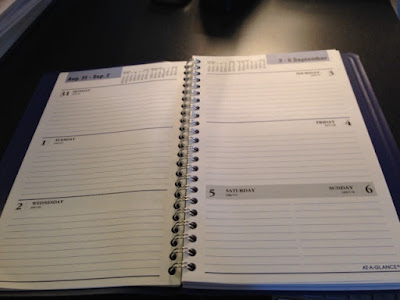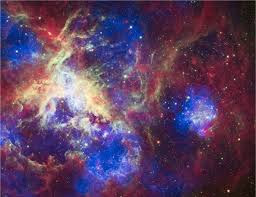Dog Days Walk
Walking in the dog days is not unlike taking a bath. The air is full of moisture and weight.
I run down West Ox Road, past houses that have privacy now that trees have leafed out, filled in. As usual I strolled around the containment pond, hoping to see some red-winged blackbirds. But there were none. I realized how much I’d come to count on seeing them there. How each stage of my walk is populated with images and expectations.
Instead, I saw crowded cattails and reeds that might have been elegant had there been some wind blowing through them. We are at the tail end of a season. The scenery is looking tired. Or maybe it’s just the walker who is tired. That’s more like it!


